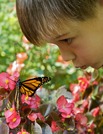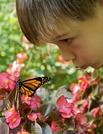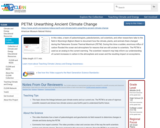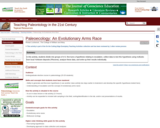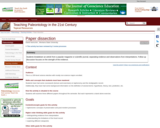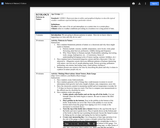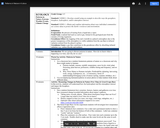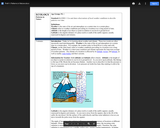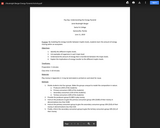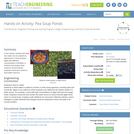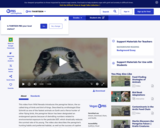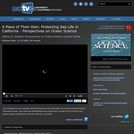In this activity, students divide into groups of 4-5, choose a hypothesis relating to escalation, and fine-tune it for testing-- using bulk sampled material from the local Yorktown Formation (Pliocene). They select a study organism on which to focus, develop a sampling regime, and decide on approaches to data collection and analyses. As students collect and analyze data, I rotate around the classroom discussing hypotheses, answering questions, and assessing their progress. Students finish the data collection, analyses, and interpretation in class (or lab), then write up the results outside of class.
Students enjoy the activity because:
(1) it is essentially a mini research project-- including developing a hypothesis, collecting data, analyzing and interpreting data, and presenting it (either in writing or orally)
(2) it emphasizes the concept that paleontology can be a hypothesis-driven science,
(3) it provides students with additional experience applying a variety of basic statistical tests (e.g., t-tests, ANOVA, chi-square, regression)
and (4) it includes lots of hands-on experience with fossils.
The activity can be designed as either a lecture or lab activity, and can easily be expanded to include a field component (bulk sampling), additional lab component (sorting and identifying fossils), and/or oral presentation component.
(Note: this resource was added to OER Commons as part of a batch upload of over 2,200 records. If you notice an issue with the quality of the metadata, please let us know by using the 'report' button and we will flag it for consideration.)
